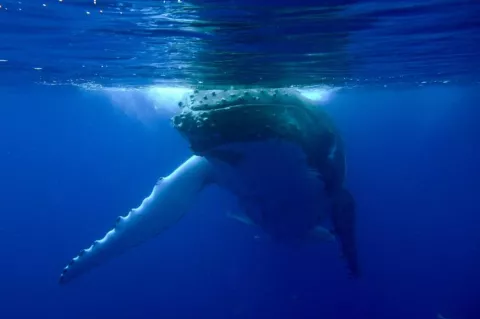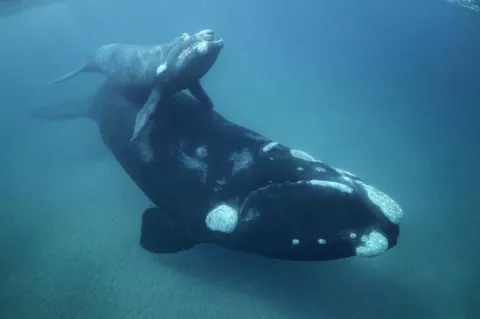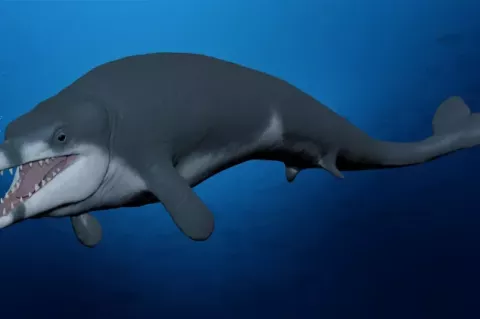Decoding Sperm Whale Language
Recent advancements in artificial intelligence have provided researchers with unprecedented insights into the communication patterns of sperm whales, suggesting a sophisticated language system among these majestic marine mammals.
A new study published in Nature Communications reveals that sperm whales may possess a highly structured form of communication and sheds light on the cognitive abilities of sperm whales, suggesting a level of social complexity previously attributed primarily to humans and some primates.















